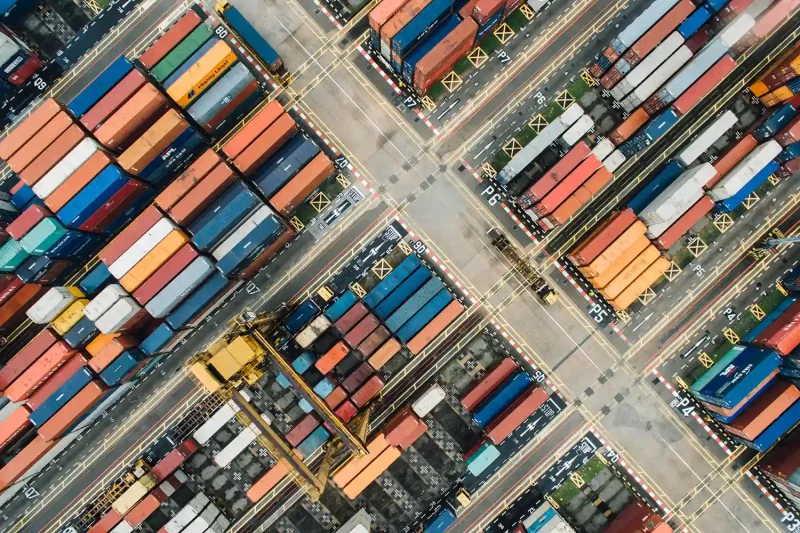Navigating the Seas of Global Trade: Unveiling the Intricacies of Container Shipping
In today's interconnected world, container shipping plays a pivotal role in facilitating global trade. This article aims to delve into the process of container shipping, exploring its various stages, key players, and the intricate logistics involved. From the initial booking to the final delivery, we will unravel the complexities of this essential industry, shedding light on its significance and impact on the global economy.
- The Pre-Shipping Stage:
Before a container embarks on its journey, meticulous planning and coordination take place. This stage involves several crucial steps:
a) Booking and Documentation:
Shipping companies receive booking requests from exporters, who provide details such as cargo type, weight, and destination. Documentation, including the bill of lading and customs forms, is prepared to comply with international regulations.
b) Cargo Consolidation:
To optimize space and reduce costs, shipping companies consolidate multiple shipments into a single container. This process involves careful organization and efficient utilization of container capacity.
- Container Loading and Transportation:
Once the pre-shipping stage is complete, the container is ready to be loaded onto a vessel. This stage encompasses:
a) Port Operations:
Containers are transported to the port, where they undergo security checks and are assigned to the appropriate vessel. Port operators play a crucial role in ensuring smooth operations and efficient handling of containers.
b) Vessel Loading:
Containers are loaded onto the vessel using specialized equipment such as cranes. The loading process requires precision to ensure stability and maximize space utilization.
c) Sea Transportation:
The loaded vessel embarks on its journey, navigating through international waters. Shipping companies employ advanced tracking systems to monitor the container's location, ensuring transparency and security throughout the voyage.
- Port of Arrival and Customs Clearance:
Upon reaching the destination port, the container undergoes customs clearance and is prepared for onward transportation. This stage involves:
a) Customs Procedures:
Customs officials inspect the container and verify the accuracy of the documentation. Compliance with import regulations and payment of duties and taxes are essential for smooth clearance.
b) Container Unloading:
The container is unloaded from the vessel and transferred to the port terminal. Here, it awaits further transportation, either by road or rail, to its final destination.
- Inland Transportation and Final Delivery:
The container's journey does not end at the port. Inland transportation and final delivery are crucial components of the shipping process:
a) Intermodal Transportation:
Containers are seamlessly transferred from the port to trucks or trains for inland transportation. Efficient coordination between different modes of transport ensures timely delivery.
b) Last-Mile Delivery:
The container reaches its final destination, where it is unloaded and its contents are distributed. Local logistics providers play a vital role in ensuring the smooth and timely delivery of goods to the consignee.
Conclusion:
Container shipping is a complex and intricate process that connects nations, fuels economies, and enables global trade. From the initial booking to the final delivery, each stage requires meticulous planning, coordination, and adherence to international regulations. By understanding the intricacies of container shipping, we gain insight into the backbone of global commerce, appreciating the efforts of countless professionals who ensure the smooth flow of goods across the seas.






